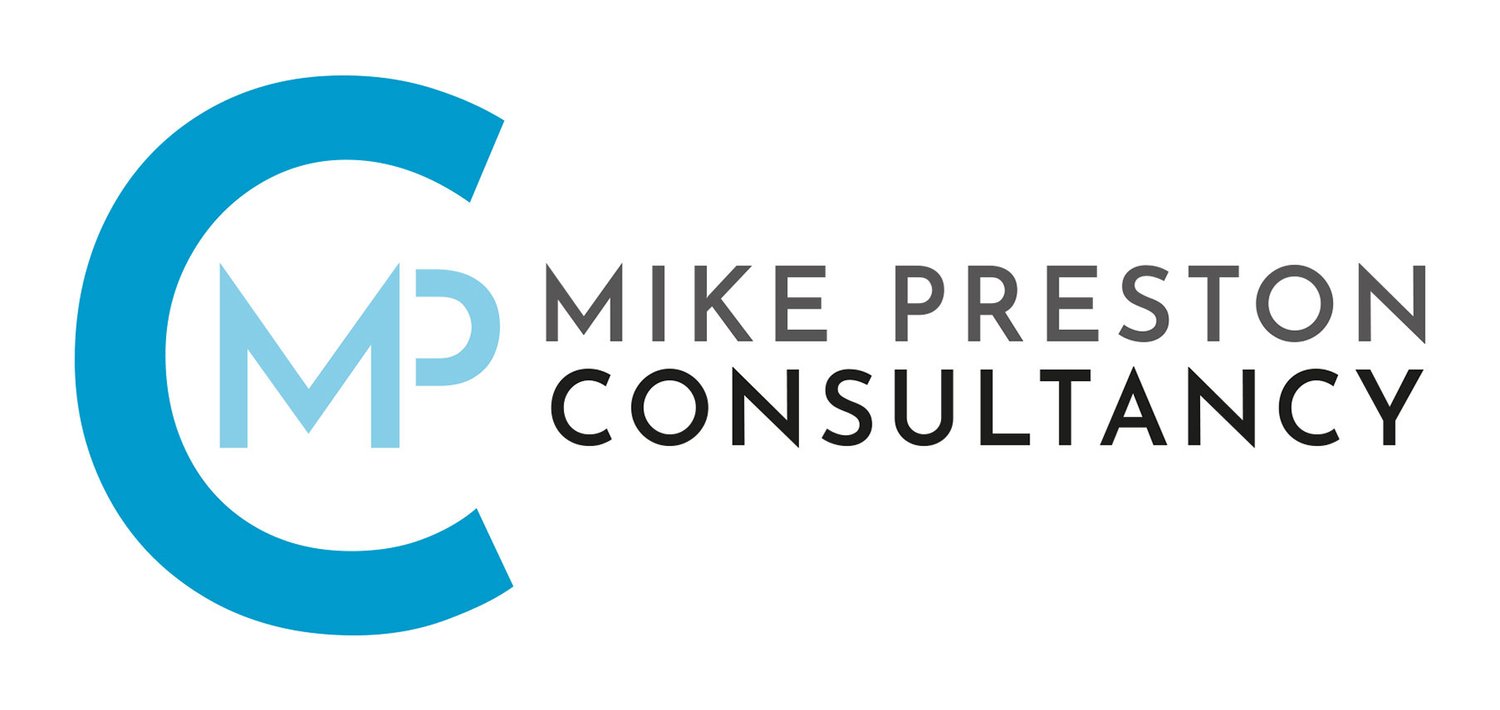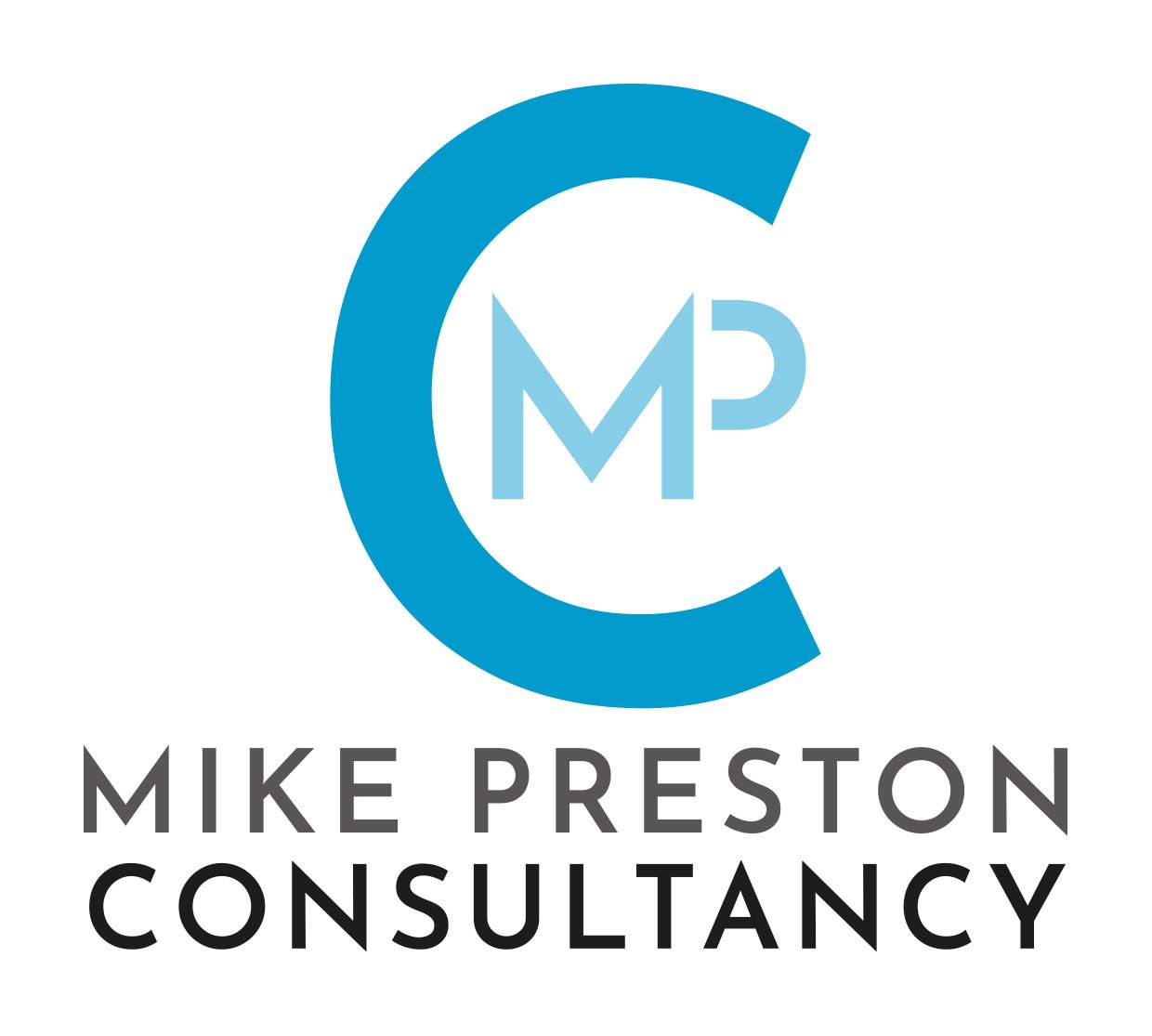More Impact, Less Strain: Why Continuous Improvement is Essential for Your Charity
In the world of charities, every penny, every minute, and every ounce of effort is precious. We're driven by mission, fuelled by passion, and dedicated to making a difference.
But are we always working in the smartest way possible?
Are we maximising our impact with the resources we have?
This is where Continuous Improvement (CI) comes in – not as another burden, but as a powerful way to enhance everything we do.
Continuous Improvement isn't about radical, overnight transformation. It's the ongoing effort to make incremental improvements to processes, services, and outcomes. Think of it as a commitment to constantly asking: "How can we do this better?"
Why Bother? The Benefits of CI for Charities
Implementing CI isn't just "nice to have"; it offers tangible benefits vital for a charity's health and effectiveness:
Maximising Resource Use: Charities operate on tight budgets. CI helps identify waste – wasted time, duplicated effort, inefficient spending – allowing you to redirect those precious resources towards your core mission.
Enhancing Service Delivery: By refining processes, you can improve the quality, speed, and effectiveness of the services you provide to beneficiaries, ultimately leading to better outcomes for them.
Boosting Staff and Volunteer Morale: Involving team members in identifying problems and finding solutions empowers them. Streamlining frustrating processes reduces burnout and increases job satisfaction. People feel valued when their insights lead to positive change.
Increasing Donor Confidence and Funding: Demonstrating a commitment to efficiency and effectiveness builds trust with donors and funders. They want to see their contributions used wisely to achieve the greatest impact. A clear CI process can be a compelling part of funding applications.
Improving Adaptability: The world changes, and so do the needs of your beneficiaries and the operational landscape. A CI mindset fosters a culture of learning and adaptation, making your charity more resilient and responsive.
Strengthening Reputation: A charity known for being efficient, effective, and always striving to do better naturally builds a stronger reputation within the community, among beneficiaries, and with potential partners.
Putting it into Practice: Implementing and Reviewing CI
Getting started doesn't need to be complicated:
Implementation:
Leadership Buy-in: Senior management and trustees must champion CI, allocating time and resources, and fostering a supportive culture.
Start Small: Don't try to overhaul everything at once. Pick one specific, manageable process or problem area for a pilot project (like the volunteer application example).
Involve Everyone: Frontline staff and volunteers often have the best insights into what works and what doesn't. Create mechanisms for them to share ideas and participate in improvement efforts. Consider involving beneficiaries for feedback where appropriate.
Focus on Process, Not People: CI aims to improve systems, not assign blame. Foster a culture where it's safe to point out problems and experiment with solutions without fear of criticism.
Use Simple Data: You don't need complex analytics initially. Track simple metrics relevant to your goal (e.g., time taken, number of steps, error rates, satisfaction feedback).
Communicate Clearly: Explain what CI is, why you're doing it, and how people can get involved. Share progress and results openly.
Reviewing and Refining:
Regular Check-ins: Embed CI reviews into regular team meetings or schedule dedicated sessions to discuss ongoing initiatives and identify new opportunities (the 'Check' and 'Act' stages).
Feedback Loops: Actively solicit feedback from staff, volunteers, and beneficiaries about the changes implemented. Did the improvement have the intended effect? Are there unintended consequences?
Celebrate Successes: Acknowledge and celebrate improvements, no matter how small. This reinforces the value of CI and motivates further effort.
Learn from Failures: Not every change will work perfectly. Treat failures as learning opportunities to refine your approach.
Document and Share: Keep track of the changes made and the results achieved. Share best practices across different teams or departments.
Link Back to Mission: Regularly assess how your CI efforts are contributing to your charity's overall mission and strategic goals.
A Quick 4-Step Cycle for Charity Improvement
Use this simple routine to make small, effective changes in your charity:
Plan: Figure Out What to Improve
Identify one specific task or process that could be smoother, faster, or less frustrating.
Decide what 'better' looks like and set a clear, simple goal for improvement.
Do: Try Out Your Idea (Small Scale!)
Implement your new approach, but test it on a limited basis first (e.g., for a short time or specific task).
Briefly note down what you did and what happened as you try it.
Check: See How It Went
Review your notes. Did the change meet the goal you set in the 'Plan' stage?
Get quick feedback from anyone involved – what worked well? What caused issues?
Act: Decide What's Next
If it worked: Adopt the new method as your standard way.
If it mostly worked: Adjust the parts that caused issues and refine the process.
If it didn’t help: Learn from the attempt and go back to the 'Plan' stage to think of a different approach.
Keep Going!
This isn't a one-off. Once one small improvement is working, look for the next opportunity. Many small steps add up to make a big difference over time.
Conclusion
Continuous improvement isn't about adding complexity; it's about embedding a mindset of seeking "better" into your charity's DNA. By systematically planning, doing, checking, and acting, you can unlock greater efficiency, enhance your services, empower your team, and ultimately, deliver more significant impact for those you serve. It's a journey, not a destination, but one that promises a more effective and sustainable future for your vital work.



